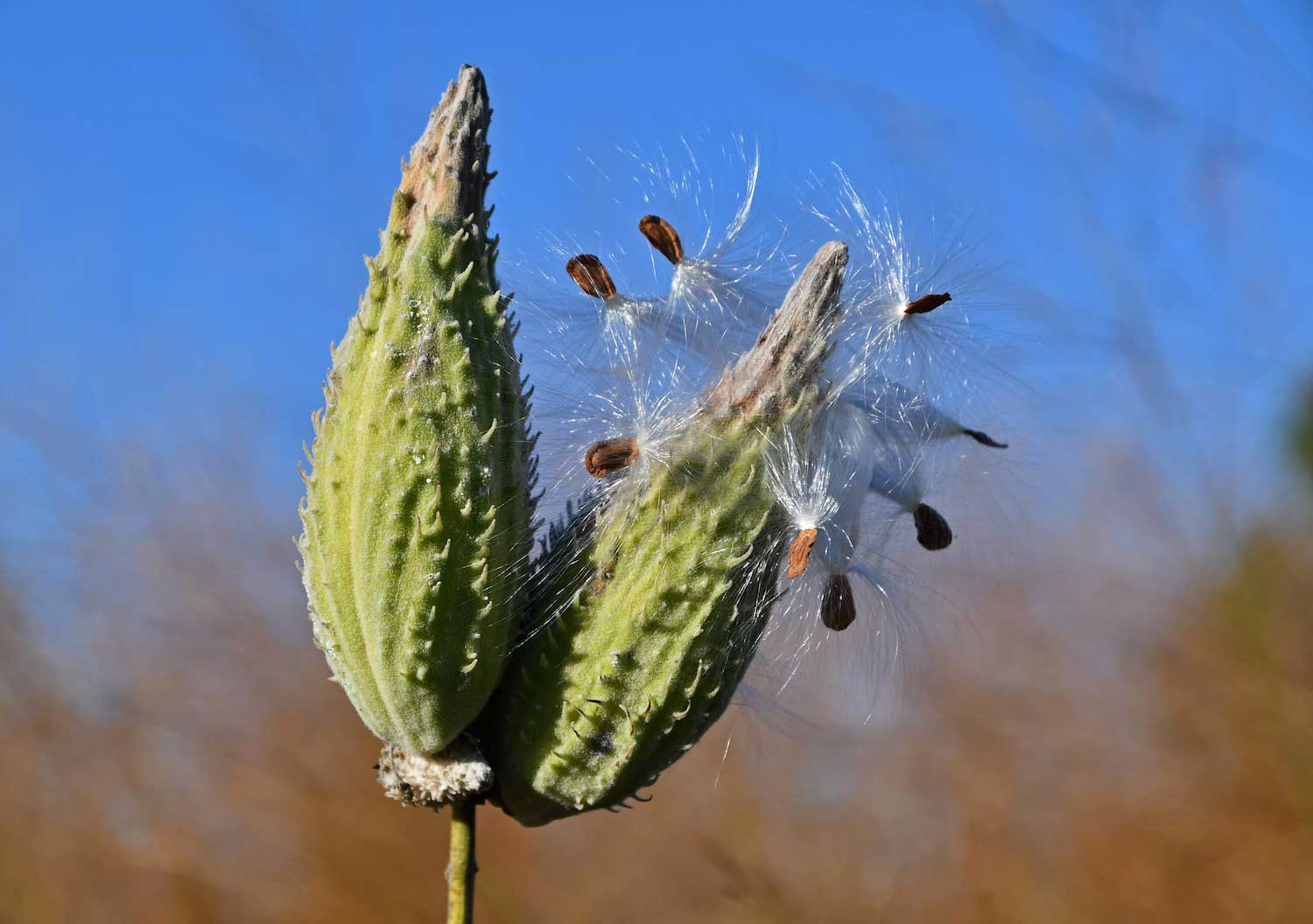The time is now to sow native seeds for next summer's blooms

This is about the time of year when outdoor chores seem to be winding down. The grass will soon be cut for the final time of the season, and gardens and landscaped beds will soon be stripped down and prepared for winter. If you are planning on adding more native wildflowers to your landscape next year, you can add one more thing to your list, because now is also the time to get started.
Fall planting of wildflower seeds is replicating a natural process. In prairies, seeds from wildflowers and other plants drop to the ground after the blooms die back. Winter snows keep the seeds moist, and then in the spring, when the weather warms and conditions are right, the seeds germinate and new plants take root, according to Indian Creek Nature Center.
You can replicate this process in your own yard by sowing wildflower seeds in the fall, allowing them to overwinter in the soil and then germinate in spring. Fall sowing can be done any time after Sept. 15 until the ground is frozen, according to the Illinois Department of Natural Resources.
You'll have to do a little prep work to get your soil ready for seeds. Start by removing any existing plants and vegetation from the area where you will be sowing, IDNR advises. Once it's clear, loosen the soil with a rake and mix in some compost if you choose.
The seeds you plan to plant should be mixed with some peat moss, sand or sawdust, which will allow them to be spread more evenly across the soil. Once mixed, simply scatter the seed mix over the soil, then use a rake to gently mix it into the soil. Once the seeds have been mixed in the soil, pat it down with a rake or hoe so it is firmly packed. You may want to cover the area with a thin layer of straw to better protect it.
Planting native wildflowers from seed requires a little patience. Some of the seeds you plant this fall may not germinate until the second spring after planting, IDNR reports. In addition, some plants will germinate and grow in the spring, but may not bloom until the second or third year.
You can also sow seeds in the spring, anytime from about March 1 to June 20, according to IDNR. If you wait until spring, you can follow the same directions for sowing in the fall, but you will have to water the seeds weekly for the first month after planting if there isn't sufficient rainfall. Just like with fall sowing, many seeds won't germinate until the second or third growing season after planting.
Native wildflowers and other native plants are vital because they provide food and shelter for local wildlife, according to the U.S. Forest Service. These are the plants that have grown in our area historically, so they are well adapted to the soil conditions and climate. Planting native plants can also help cut down on yard work and maintenance, because they require less watering and do not require fertilizers. They are meant to grow here, so they thrive easily without much human intervention.
If you want to add more native wildflowers to your yard but aren't sure what is native, you can consult a local nursery or an online native plants database. The National Audubon Society and the National Wildlife Federation are two of several organizations that maintain online databases of native plants that can be searched by ZIP code.
One of the most common wildflowers to sow seeds of in the fall is milkweed. Many types of milkweed exist, and 24 species are native to Illinois, according to IDNR. Some of the more common milkweed species in Illinois are common milkweed, butterfly weed, prairie milkweed and whorled milkweed.
Milkweed is vital because it is the host plant for monarchs, meaning they cannot live without it. Monarch caterpillars eat only milkweed leaves, and monarch butterflies lay their eggs on milkweed plants. The monarch population has plummeted, falling more than 80% since the mid-1990s, according to the Center for Biological Diversity. Because milkweed is essential for monarchs, planting it in your yard is beneficial.
Whether you are adding native flowers to your landscape to help monarchs or because it's better for the ecosystem, milkweed is just the proverbial tip of the iceberg. No matter what your preference for flowers — whether it's showy blooms or more subtle blossoms — there are native plants to fit the profile.
If you are planting natives in the hopes of attracting wildlife to your hard, consider the bloom times of the flowers you choose. Try to plant plants that have varied bloom times, from spring through to fall, so nectar is produced for the entire growing season, the University of Illinois Extension advises.
